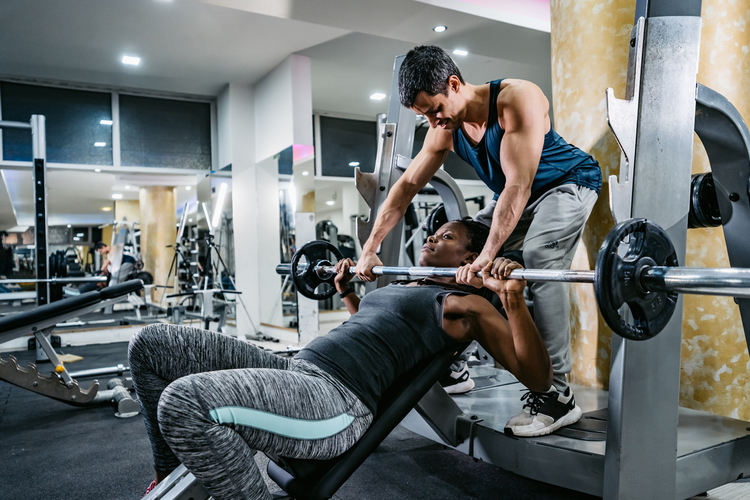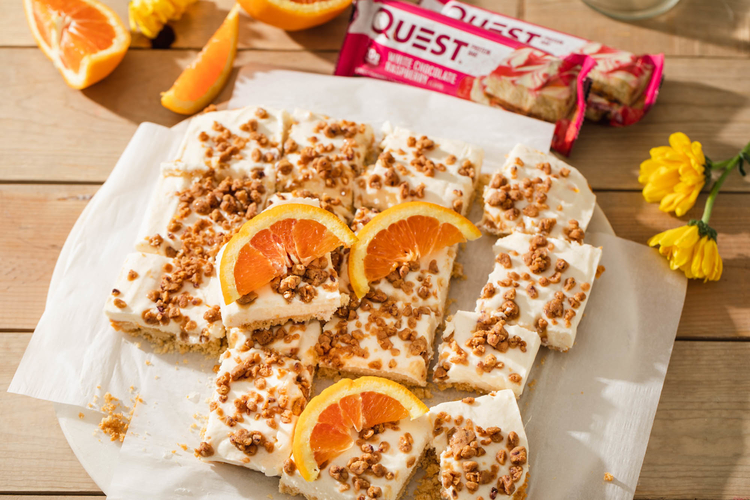How to Practice Yoga at Home for a Great Workout and Mental Relief
You’re probably aware of the benefits of doing yoga for mind and body, and that’s why yoga classes, like restorative or sculpt, are so popular. Yoga can definitely be intense in that it gets your heart rate up throughout flows and with the addition of small weights (like in a sculpt sequence), but it can also be slow, soothing and healing (like in a candlelit class). It’s a combination of both elements that makes it so beneficial for the mind, body and soul.
Either way, it’s great for improving your wellbeing and toning up your body, too. So, it’s smart to incorporate it into your self-care routine throughout your week.
“Yoga can teach you a lot about how your mind, body and being work. For example, it’s easy to be calm and happy when you are familiar with a pose and good at it,” says Jennifer Gullang, RYT 200, a certified yoga instructor and founder and president of ThePiEproject in Chicago.
The practice of yoga has scientifically been proven to rewire the brain in that the practice of slow deep breath, body movements and a deeper sense of awareness can change the way you think and feel. And for the body, it can help improve flexibility, posture, and movement in general, where you release tension and enhance blood flow and circulation throughout your muscles. It can also aid in reducing back pain and other areas of tension in the body due to sedentary lifestyles, she explains.
And the best part? It can reduce cortisol, the stress hormone, which can wreak havoc on the body and mind in general and increase risk of disease, she says.
“The practice of yoga is where you have the opportunity to start to pull apart, build, strengthen and understand all the parts of you on a much deeper level,” she says.
Here is a great sequence, courtesy of Gullang, which you can do at home in your bedroom or living room. All you need is a mat, some relaxing music, and perhaps some candles to set the mood — it’ll make the experience that much better.
Yoga Flow Sequence
Find an easy seat at the top of your mat. Close the eyes and focus on the breath, counting the breath in and out. Stay in this position for one minute in a quiet reflection. “When the mind wanders, without judgment, gently ask it to come back. Start and end with at least one full minute in silent reflection on the breath to create a calm and steady mind,” she says.
First, come to Table Top Position, stacking shoulders over wrists and hips over knees. From here flow through Cow and Cat Pose, as explained below.

Cow (Bitilasana) Pose Inhale
Drop the belly down and lift the chest up to the sky, find the sensation of trying to tap the back of your head towards your tailbone. Draw the shoulder back and tilt the pelvis forward.

Cat (Marjariasana) Pose Exhale
Like a Halloween cat, press into your palms, hollowing out the belly and curving the spine upward. Imagine trying to push your heart through the back.
Flow with these breaths for 3-5 rounds. Then find some side body flection to warm up the spine.
On the last round, take a breath in and tuck your toes under, then on the exhale press your hips up and back to find Downward-Facing Dog Pose.

Downward-Facing Dog Pose (Adho Mukha Svanasana) Exhale
Externally rotate the shoulders, spreading the shoulder blades and straightening the arms. Press into the hands to lift up. Tuck the chin under and gaze toward your navel. Engage your quadriceps and press down into the bases of your big toes. Suck your lower belly in and draw the pelvic floor upward. Hold this pose for five deep breaths.
Then, flow into a Forearm Plank.

Forearm Plank
From Downward-Facing Dog or from your hands and knees, place your elbows directly under your shoulders and spread your shoulder blades. Press down into the ground from the shoulders though the elbows while keeping the collarbones broad. Draw the lower ribs in and firm the lower abs. Tuck the tailbone while lifting the pelvic floor along the spinal axis. Engage the quadriceps and draw the legs toward each other.
Hold this pose for 5 breaths. Repeat 3 times. “You can do any of these exercises on your knees to take the weight out of your shoulders,” suggests Gullang. Do what feels comfortable for you.
Then find a Forearm Balancing Plank.

Forearm Balancing Plank
Roll over onto your right side, stacking your side body directly on top of your right arm. “This pose tests your alignment and core control. It looks easy but is a powerful teacher of strength and will build all the core strength necessary for a full lifted Side Plank Pose (Vasisthasana),” she says.
Carefully avoid any tendency to arch or flex the spine. Instead draw the torso in toward the central axis of the spine by firming the lower abs, tucking the tailbone, and hugging the lower ribs in. If you feel comfortable extend the left arm up and look toward the left fingers. Hold this pose for 5 breaths. Repeat on the left side.
Then go into high plank to move into a side plank.

Side Plank
Transfer your weight into your right hand. Bring your right shoulder forward to a little less than a hand’s distance behind the center of your palm. Stack your body to the side, aligning the central axis of your body. Carefully avoid any tendency to arch or flex the spine. Instead draw the torso in toward the spinal axis by firming the lower abs, tucking the tailbone and hugging the lower ribs together. Stabilize the shoulders and press firmly with the right arm.
If you feel comfortable extend the left arm and look toward the left fingers. Hold this pose for 5 breaths. Repeat on the left side. Again you can drop to one knee on the side plank variations.
Coming back to a high plank on the inhale, press back into Downward-Facing Dog on the exhale. From Downward-Facing Dog find a deep upside down V-shape in the body.
Ground down through the knuckles, pull shoulder blades down the back. With an exhalation, push your top thighs back, press your chest closer to the tops of your thighs. Stretch your heels onto or down toward the floor. Straighten your knees but be sure not to lock them. Firm the outer thighs and roll the upper thighs inward slightly. Narrow the front of the pelvis.
Then you will flow into Rag Doll.

Ragdoll (Baddha Hasta Uttanasana)
From Downward-Facing Dog, gaze to the toes and walk your hands towards your feet, bending generously into your knees. Rope up your arms and allow your torso to drape over the thighs, finding a stretch in the backline of the body. Relax shoulders, face and neck. Hang here for 3-5 breaths.
Then flow into Half Lift/Fold Forward.
Half Lift/ Fold forward (Ardha Uttanasana/Uttanasana) Inhale/Exhale
From a Rag doll press your hand into your shins or blocks, find a long neck and spine by pulling your shoulder blades together. Draw your navel into the spine and knit the bottom ribs in to engage your core. Then completely fold forward giving just as much effort in the release.
You’ll then move into Upward Salute, with an inhale.

Upward Salute (Urdhva Hastasana) Inhale
Come to stand with your big toes touching and your heels slightly apart. Lift and spread your toes wide, releasing them down to the ground, and root down through all four corners of your feet — the big toe mound, pinky toe mound, and the two outer edges of your heels.
Engage your thighs to lift your kneecaps slightly, without hyperextending your knees. Gently draw your energy in toward the midline of your body. Lengthen your tailbone down toward the floor and find a neutral pelvis. Draw your low ribs into your body and press your shoulder blades into your back, lifting your sternum. Move your shoulders away from your ears, and broaden your collarbones. Reach your arms up to the sky, spiral your pinky fingers inward.
Lastly, go back to Half Lift/Fold forward.
Half Lift/ Fold Forward
From Mountain pose hinge and fold forward over your hips, then find another Half Lift by pressing your hand into your shin or blocks, finding a long neck and spine by pulling your shoulder blades together. From a Half Lift walk your hands back out to a high plank and repeat 3 times. Then return to your easy seat.
Take a breath—you probably feel great right now. Be proud.



